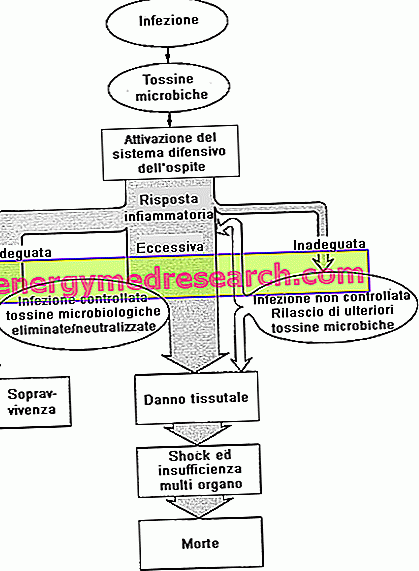Glycemic Index of Fructose
Potential Benefits of Fructose
The one between fructose and diabetes is a troubled relationship, which in recent times seems very close to a breaking point. We are indeed talking about a "strange" sugar, often recommended in the presence of diabetes due to its low glycemic index (19-23).

In fact, after its ingestion, the blood glucose levels increase much less than what was recorded after taking a similar quantity of glucose (glycemic index 100) or sucrose (glycemic index 68); the same applies to insulinemia, which does not increase significantly.
Moreover, fructose has a sweetening power higher than that of sugar; this allows use in smaller quantities to sweeten food. Finally, its calorific value is 3.75 KCal per gram, therefore slightly lower than that of sucrose (3.92 Kcal / g).
Disadvantages of Fructose
Because Diabetics should avoid excess fructose
The characteristics listed above seem to celebrate a fortunate and lasting marriage between fructose and diabetes. Unfortunately, however, analyzing the metabolism of this sugar one realizes that at high doses the ratio seriously tilts up to an almost definitive break. Data in hand, in fact, several studies show that HIGH fructose intake (> 40-60 grams per day in addition to that already present in fruit and honey) lead to rather negative metabolic consequences:
- fructose has the ability to form products of advanced glycation (AGE) about seven times higher than that of glucose (excess sugars bind to certain groups of proteins, forming these advanced glycation products that damage tissues);
- fructose does not suppress ghrelin (a gastric hormone that stimulates the appetite);
- chronic exposure to fructose promotes the onset of the metabolic syndrome;
- a diet particularly rich in fructose increases insulin resistance; in fact, despite this sugar does not directly increase the secretion of insulin, it does so indirectly, hindering the hepatic metabolism of glucose and its transformation into glycogen (the form under which the liver deposits glucose);
- fructose increases new lipogenesis, and the synthesis of triglycerides and fatty acids; in essence, therefore, fructose despite being a carbohydrate is metabolized as a fat and is associated with an increase in triglyceridemia.
For all these reasons, it has been shown that chronic exposure to high levels of fructose favors the onset of:
- hypertension (due to inhibition of nitric oxide); heart attack; dyslipidemia; pancreatitis (secondary to hypertriglyceridemia); obesity; hepatic dysfunction (steatosis); insulin resistance; hyperuricemia, gout (increased uric acid synthesis), addiction, if not real addiction.
These effects have been demonstrated mostly in laboratory animals, and do not appear to be related to the effect of additional calories induced by fructose supplementation, since all these negative consequences have not been recorded following diets equally rich in glucose and starch. Although the effects of fructose in the human organism are still to be clarified, such studies certainly cannot be ignored.
As if this were not enough, the intensive use of fructose in beverages and in many products, in the form of corn syrup and the like, has been linked to the increase in obesity recorded in recent decades. The greatest specter, however, derives from the ability of fructose to increase triglyceridemia, with a consequent increase in cardiovascular risk.
As explained above, the American association "The American Diabetes Association" states that the use of fructose added to sweeten foods is not recommended in the presence of diabetes, but there is no reason to avoid the amount of fructose naturally present in food such as fruit, honey and vegetables.



